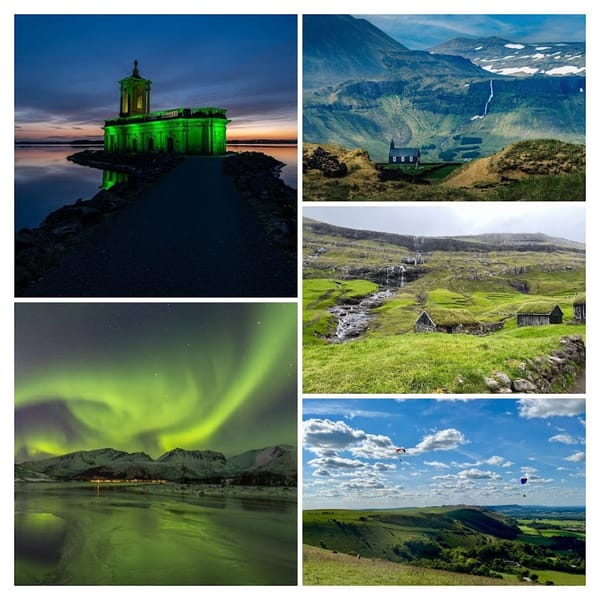Harold Eugene Doc Edgerton: Pioneering Photographer and Inventor
Harold Edgerton was a renowned scientist, inventor, and photographer notable for his pioneering work in stroboscopic flash photography.

Born in Fremont, NE, in 1903, Edgerton was a scientist, inventor, photographer, and pioneer in stroboscopic flash photography while working as a professor of engineering at the Massachusetts Institute of Technology. Professor of Engineering at MIT and author of "Flash: Seeing the Unseen by Ultra High-Speed Photography," Harold Adjutant revolutionized photography by inventing ways for strobe lighting to be used as a common lighting device.
As a scientist and inventor at MIT, Edgerton, known as Doc, worked not only with flash lighting for still photography but also pioneered stroboscopic lighting in motion picture films and photography. Edgerton's Flash Studies produced astonishing imagery of flash-stop action of people and objects in motion: a golf club swinging, a child skipping rope, an archer and arrows, an acrobat flipping, a tennis racket swinging through mid-air, a bullet through a banana, water coming from a tap, bursting balloons, and droplets in milk. Edgerton was the first photographer to utilize this flash technology in sports stop-action photography, making electronic handheld flash the common photographic tool.
With seemingly no end to the uses for powerful surges of light, Edgerton was asked to help take photographs at night from Air Force planes during the World War II invasion of France. Coupled with radar, the cameras and the strobes were timed to trigger bursts of powerful amounts of light to create images over enemy territory. It was the first time images of enemy territory on film were used for U.S. Army reconnaissance.
High-powered bursts of light being his speciality, Edgerton, known for being a clever problem solver, also worked closely with famed underwater exploration scientist Jacques Cousteau to create lighting to illuminate the sea floor for photography and documentation. Edgerton's photographs reveal a time when photography was synonymous with science, and although his photographs were taken as studies of movement, they are eloquent and fluid, his method and composition a visual sonnet—an art form in themselves. Each photograph reveals lyrical movement broken into fragments within one capture. Geometrics, science, photography, composition, and flash techniques all meld together into a surreal yet academic conceptual body of work.
Edgerton died suddenly in January 1990 in Massachusetts at the age of 86.





